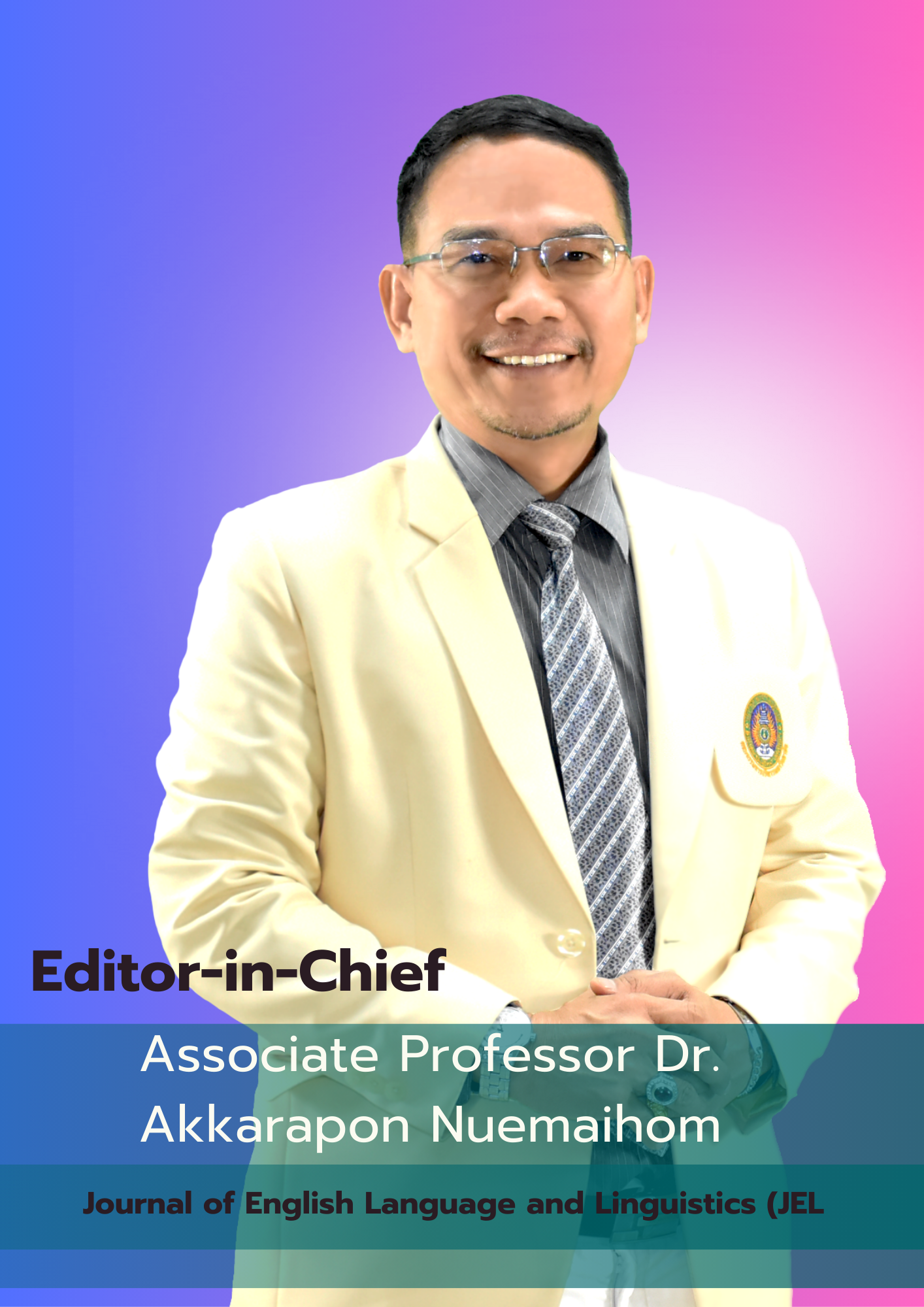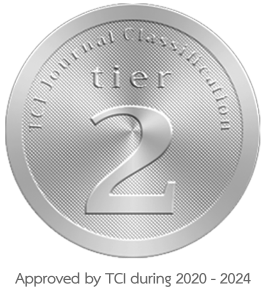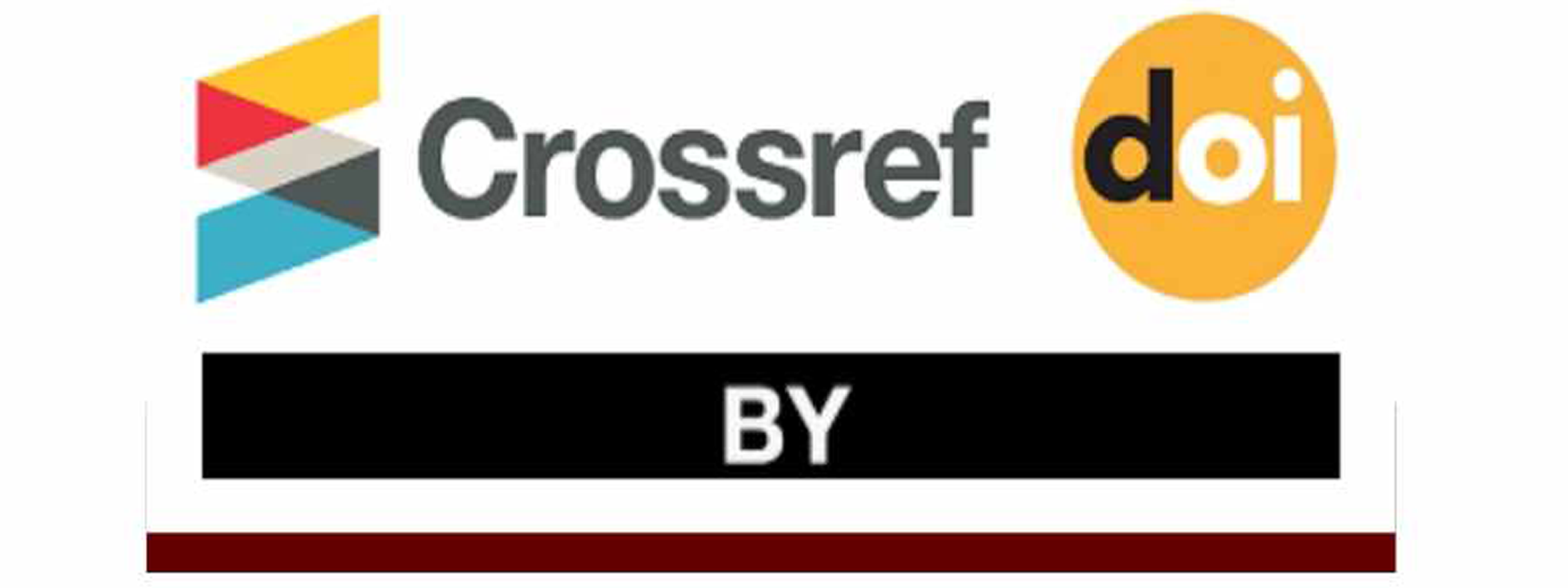Investigating English personal experience narrative texts of Thai learners of English as a foreign language
DOI:
https://doi.org/10.62819/jel.2025.1072Keywords:
English narratives, narrative structures, narrative elements, personal experience texts, Thai EFL learnersAbstract
This study examines English personal experience narratives written by Thai EFL learners of varying proficiency levels at Prasarnmit Demonstration School (Secondary) in Thailand, comparing their use of narrative elements. Based on TU-SET scores, 45 Thai EFL learners, with 15 in each group, were divided into three sample groups of beginner, intermediate, and advanced levels. They wrote 250-word English narrative texts on their selected topic. Using Labov and Waletzky’s (1967) and Labov’s (1972) framework of narrative structures, six elements were found: abstract, orientation, complicating action, evaluation, resolution, and coda. The findings reveal that the evaluation was the most prominent element across all groups. The difference was in the abstract and coda, as they were the least frequently used. The advanced learners employed the abstract more frequently than the other sample groups. The use of evaluation highlights the credibility of English narrative writing that the events narrated occurred. The least frequently used abstract and coda among the sample groups suggests that a narrative storyline was relatively simple across all groups. The highlight of the evaluation element underscores how Thai EFL learners would use narrative structure for academic writing or online posts and produce more effective narrative writing or a more popular post. Pedagogically, the findings may be used to prepare Thai secondary school EFL learners to focus on audience attraction in their writing and assist educators in designing assessment rubrics that emphasize this element to promote more engaging narrative writing.
References
Allami, H., & Ramezanian, M. (2021). EFL learner's use of evaluation in oral and written narratives. Teaching English Language, 15(1), 51-76. https://doi.org/10.22132/TEL.2021.129078
Afsar, A. (2006). A discourse and linguistic approach to biblical and Qur'ānic narrative. Islamic Studies, 45(4), 493-517. www.jstor.org/stable/20839038
Bao, Y. (2024). An investigation of Labov's narrative analysis model to continuation writing instructional design. The EUrASEANs: Journal on Global Socio-Economic Dynamics, 4(47), 335-348. https://doi.org/https://doi.org/10.35678/2539-5645.4(47).2024.335-348
Bachman, L. (1990). Fundamental considerations in language teaching. Oxford UP.
Bonyadi, A. (2014). The effect of topic selection on EFL students’ writing performance. Sage Open, 4(3), https://doi.org/10.1177/21582440145471
Dao, V. T. A., & Dan, T. C. (2024). Secondary school EFL students’ difficulties and solutions to learning English paragraph writing. European Journal of Applied Linguistics Studies, 7(2), 82-117. http.//doi/org/10.46827/ejals.v7i2.552
Davis, S. (2022, July 14). 7 sensational essay hooks that Grab Readers’ attention - academic writing success. Academic Writing Success - Master the academic writing skills you need to succeed in school. https://www.academicwritingsuccess.com/7-sensational-essay-hooks/
Delve, M. (2023). Impact of topic selection on freewriting fluency in Japanese EFL classroom settings. Kwansei Gakuin University Humanities Review, 28, 179-188.
Devanadera, A. C. (2018). Assessing Vietnamese EFL students' writing in the light of world Englishes. Journal of English as an International Language, 13, 88-105. https://eric.ed.gov/?id=EJ1246909
Grossman, M. (Jan. 7, 2025). Why storytelling is the key to success in the disruption era. World Economic Forum. https://www.weforum.org/stories/2025/01/storytelling-key-to-success-in-the-disruption-era/
Huh, M., & Lee, J. (2018). Task complexity and writing prompts and performance in EFL high school students’ narrative writing. English Teaching, 73(4), 55-72. http.//doi/org/10.15858/engtea.73.4.201812.55
Hyland, K. (2019). Second language writing. (2nd ed.). Cambridge University Press.
Labov, W. (1972). Language in the inner city. University of Pennsylvania Press.
Labov, W., & Waletzky, J. (1967). Narrative analysis: Oral versions of personal experience. https://doi.org/https://doi.org/10.1075/jnlh.7.02nar
Labov, W. (2014). The transformation of experience in narrative. In A. Jaworski & N. Coupland (Eds.), The discourse reader (3rd ed., pp. 200-212). Routledge.
Madu, F. J. (2024). Narrative text writing skills in PGSD Students. Jurnal Cakrawala Pendas, 10(2), 307–317. https://doi.org/10.31949/jcp.v10i2.8866
Mora, P. A. F., Coyle, Y., & Becerra, J. A. S. (2021). Cohesion in young EFL learners’ narrative writing: Correct and incorrect use of local cohesive ties. Atlantis Journal of the Spanish Association of Anglo-American Studies, 43(1), June 2021, 154-177. http://doi.org/10.28914/Atlantis-2021-43.1.09
Nguyen, T. T. L., & Suwannabubpha, S. (2022). EFL writing curriculum, teaching and learning at upper-secondary schools in Thailand. MEXTESOL Journal, 46(4), 1-11. http://doi/org/ 10.61871/mj.v46n4-17
Özdemir, O., & Karafil, B. (2023). Exploring the topic selection tendencies of university students in L2 writing: Topic selection tendencies of university students. International Journal of Curriculum and Instruction, 15(1), 486-507. https://www.ijci.net/index.php/IJCI/article/view/1182
Ouyang. J., & McKeown, K. (2014). Towards automatic detection of narrative structure. In Proceedings of the Ninth International Conference on Language Resources and Evaluation (LREC'14), pp. 4624–4631, Reykjavik, Iceland. European Language Resources Association (ELRA).
Sheikh, A. R., Awan, N. A., & Sheikh, F. R. (2021). The application of Labov’s sociolinguistic model of narrative analysis to a short story: "The Lottery" by Shirley Jackson. Pakistan Journal of Society, Education and Language (PJSEL), 8(1), 283–
Siekmann, L., Parr, J. M., & Busse, V. (2022). Structure and coherence as challenges in composition: A study of assessing less proficient EFL writers’ text quality. Assessing Writing, 54, 1-13. https://doi.org/10.1016/j.asw.2022.100672
Sponseller, A. C., & Wilkins, M. (2015). Investigating the impact of topic selection control on writing fluency. Hiroshima Studies in Language and Language Education, 18, 141-152.
Toba, R., Noor, W. N., & Sanu, L. O. (2019). The current issues of Indonesian EFL students’ writing skills: Ability, problem, and reason in writing comparison and contrast essays. Dinamika Ilmu, 19(1), 57-73. http://doi/org/10.21093/di.v19i1.1506
Tobin, J. J., Wu, D. Y., & Davidson, D. H. (1989). Preschool in three cultures: Japan, China, and the United States. Yale University Press.
Van De Mieroop, D. (2021). The narrative dimension models and exploration of various narrative genres. Narrative Inquiry, 31(1): 4-27.
Wang, P. H. (2019, November). Incorporating sociolinguistic narrative model into EFL writing for testing purposes. Proceedings of the 28th International Symposium on English Teaching, Taipei, Taiwan 2019 (pp. 212-227).
Westby, C., & Culatta, B. (2016). Telling tales: Personal event narratives and life stories. Language, Speech, and Hearing Services in Schools, 47(4), 260-282. https://doi.org/10.1044/2016_LSHSS-15-0073



















